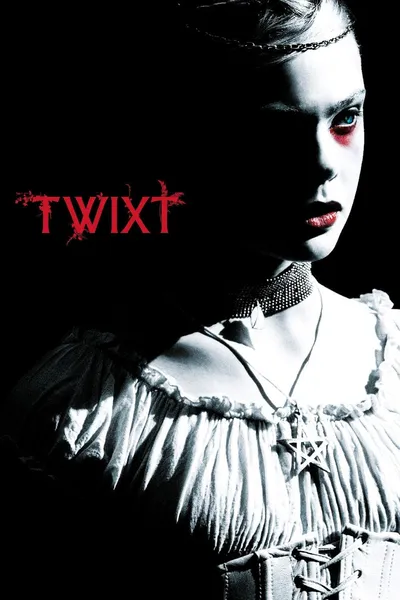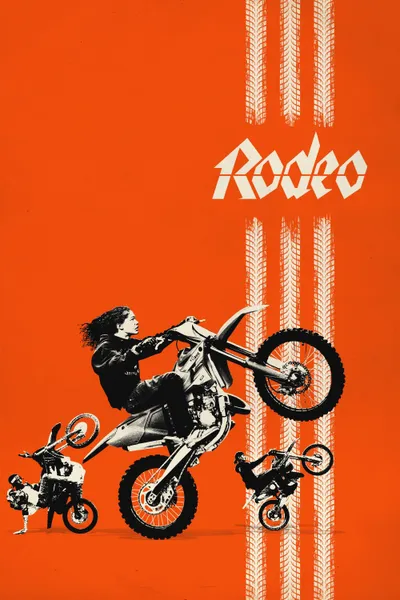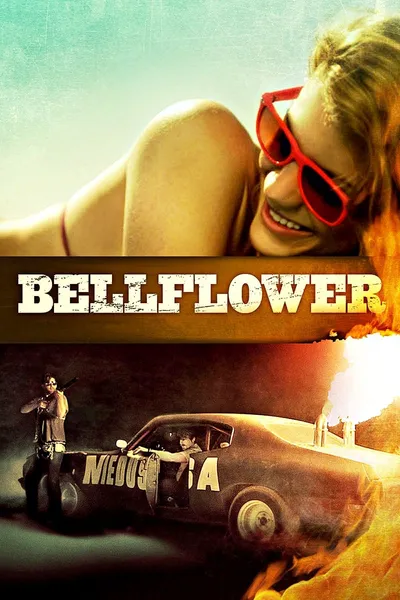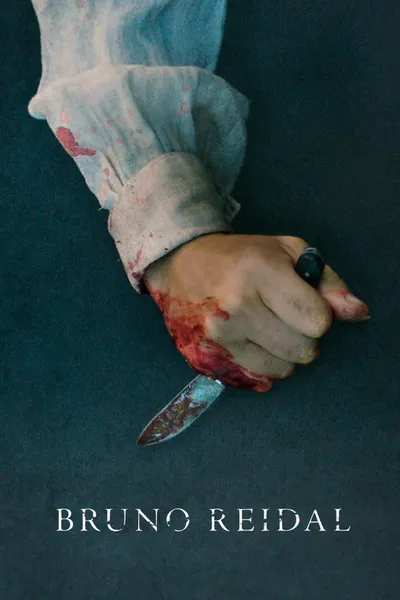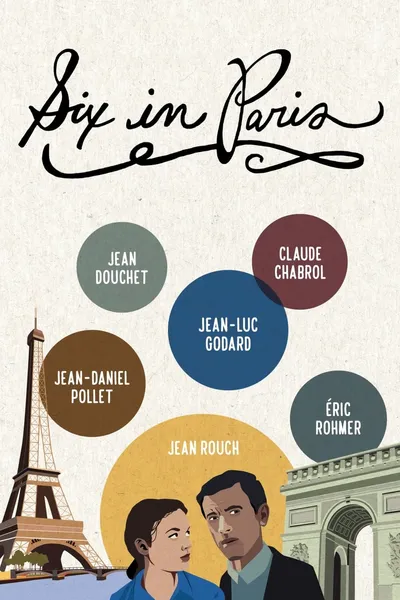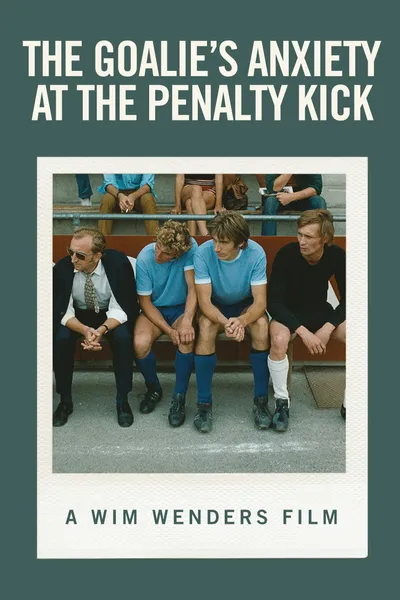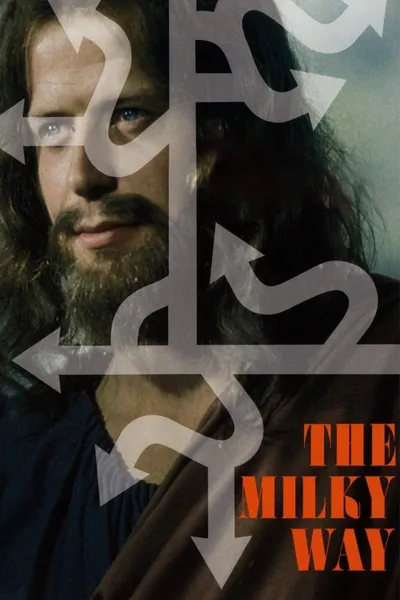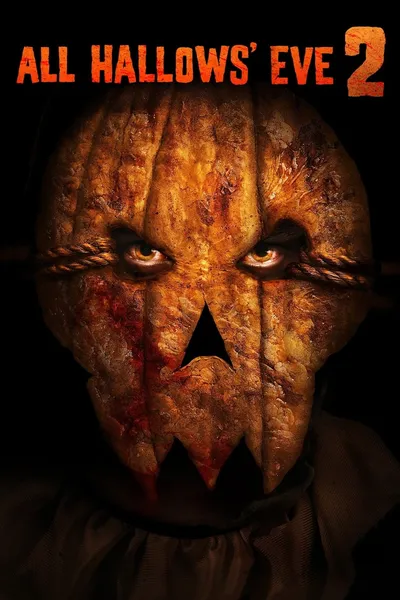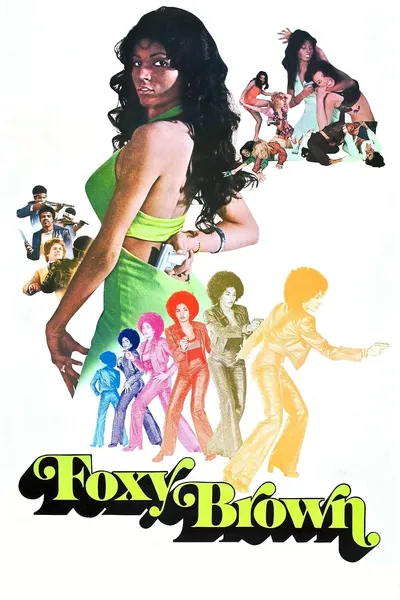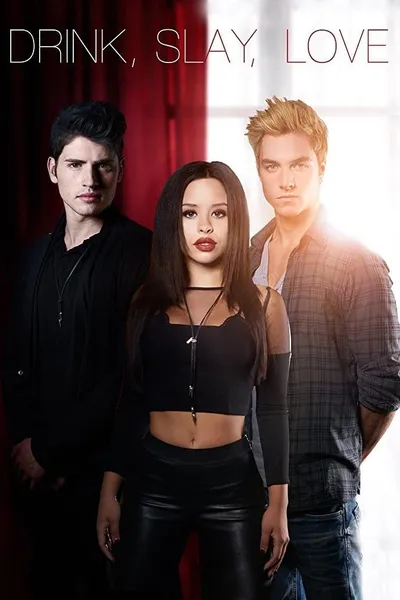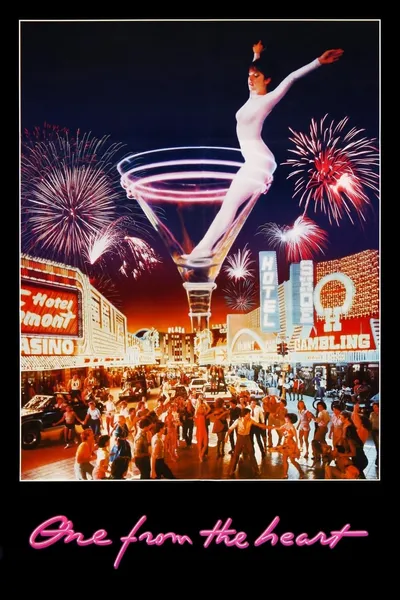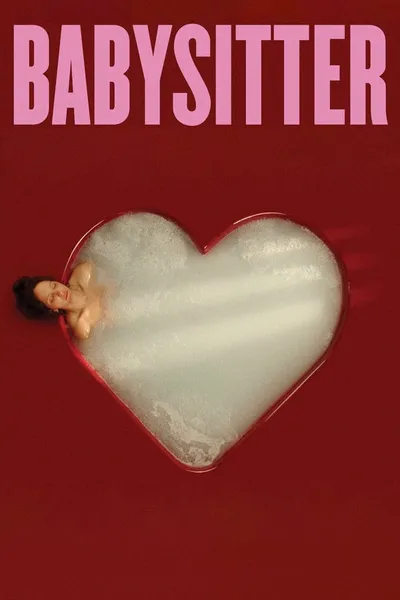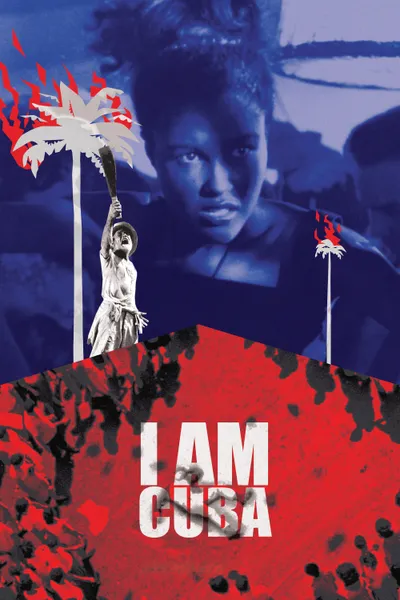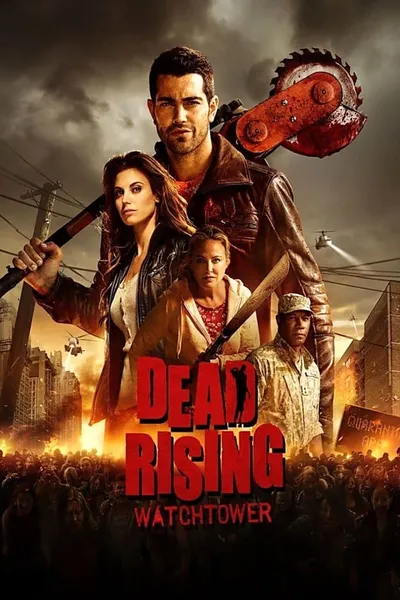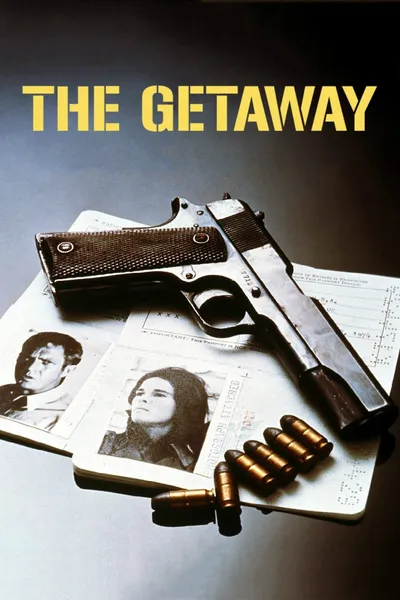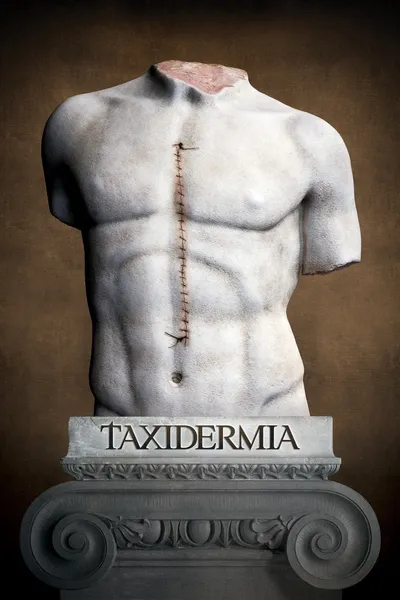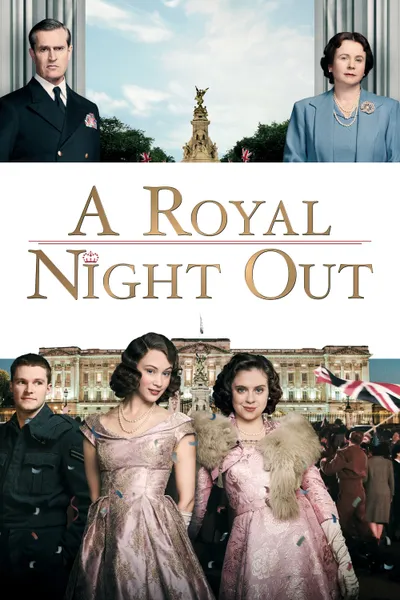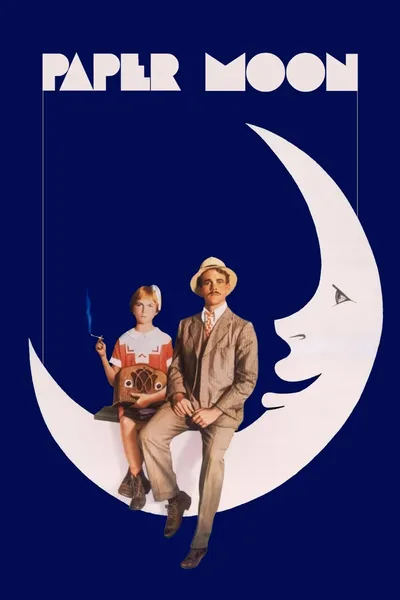Reviews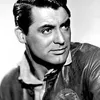

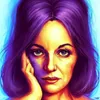

John Chard
December 14, 20135.5
The bit in between the dream and waking worlds.
Twixt is written and directed by Francis Ford Coppola. It stars Val Kilmer, Bruce Dern, Elle Fanning, Ben Chaplin, Joanne Whalley and Don Novello. Music is by Dan Deacon and Osvaldo Golijov and cinematography by Mihai Malaimare.
Hall Baltimore (Kilmer) is a struggling writer of witchcraft based novels, during a book signing stop over in a sleepy backwater American town, he finds himself involved with evil, murder and Edgar Allan Poe’s Ghost. But just what is real here?...
Twixt finds Coppola in relaxed mode, in the later stages of his film making career, he’s clearly made an adventurous movie based on a dream and personal instances. Very much operating in the realm of dreamscaping, both on visual and narrative terms, it’s an often silly picture yet one that still beguiles with its weirdness and daring visual touches. There’s also a good quotient of humour, both self aware and absurd, but if searching for a horror movie here you will be very disappointed. The Lynchian feel to it ensures it’s an interesting misfire, while the cast are all very enjoyable, but it’s not a film for a concrete recommendation. 6/10

Wuchak
May 18, 20226.0
_**"The horror, the horror" of the creative process**_
Val Kilmer stars as Hall Baltimore, a third string mystery/horror writer on his latest book tour staying in a small town where he gets involved in a murder mystery upon meeting the eccentric sheriff, Bobby LaGrange (Bruce Dern). He meets a quasi-goth girl named V (Elle Fanning) who reminds him of his pubescent daughter. There's also a camp of weirdo goth-kids across the lake and Edgar Allen Poe shows up now and then as a kind of spirit-guide (Ben Chaplin), but what's dream and what's reality? And who murdered the female in the morgue with a stake?
"Twixt" (2011) was reedited and renamed as “B'Twixt Now and Sunrise” by creator Francis Ford Coppola’s in 2022. It’s a mystery/dramedy with elements of horror, combining the look of Coppola's "Bram Stoker's Dracula" with the inscrutableness of his "Youth Without Youth," plus a welcome side of humor. It's a quirky mystery that leaves you scratching your head, but you find yourself enjoying the ride, a Gothic tale with beautifully haunting cinematography & atmosphere, highlighted by Poe, bell towers, ghosts and bats in the belfry. The enhanced moonlighting and otherworldly blueish gray tones are awesome.
It tackles the creative process as we observe the desperation of a writer scraping the bottom of the barrel, often under the influence of sundry intoxicants. Will he come up with a best seller? Will he solve the murder mystery? Will he come to terms with his specters and demons that arise from his guilt over what happened to his daughter? That element, by the way, brings to mind Francis' 23 years-old son, Gian-Carlo Coppola, who was tragically killed in a similar boating accident in May, 1986. The reckless driver was Griffin O'Neal (Ryan's son).
A lot of the movie is an internal dialogue with the author's own ghosts and literary influences. Charles Baudelaire (a notorious substance abuser) is referenced, with the aforementioned Poe intermittently appearing, but only when Baltimore is under the influence, or dreaming. Did the abuse and murder of the children happen as shown? Or did Poe and the vampire incarnation of Hall’s own daughter serve as muses as he works his way through creating a story that might turn his career around? Coppola leaves it up to you to decide what is real and what is imagination, but the answers are there if you want 'em.
Francis got the story from a dream he had while staying in Istanbul. This sets-up the criticism that Coppola's dream is the audience's nightmare. While "Twixt" and this reedit are too ambiguous for their own good, it’s obviously intentional and he wanted the viewer to leave with questions to ponder. Besides, does everything need to be spelled out?
As for comparing the two versions, this one’s 8 minutes shorter and I think I liked it better (it’s hard to say because I saw the former version 8 years earlier).
It was shot at Kelseyville and the Clear Lake area of Northern California.
GRADE: B+
**MISC. INSIGHTS** ***SPOILER ALERT*** (Don't read further unless you've watched the movie)
A lot of what happens in the town was the author working out his story, but most of it isn't real. The sheriff and deputy are real, as are their deaths at the end, not to mention Baltimore's wife. The sheriff really wanted to write with him. The movie shows what Baltimore experienced as he journeys through his creative process. His book is completed by the end, selling 30,000 copies.
The bell tower strangely features seven different times, perhaps figurative of when Baltimore couldn't join his daughter for a trip due to setting his alarm clock with the wrong time. If he was there, she wouldn't have died, he reasons. So "time" is useless and naturally the antagonist. Even V says keeping track of time "here" is meaningless, which explains her missing the book signing.
An important part of the movie is Hall's loss of his daughter. Time is the 'villain.' By not dealing with the tragic accident Baltimore is figuratively keeping his daughter undead. He's fighting time somehow.
The age of his daughter when she died is also pertinent. She was betwixt a child and a teenager. And Hall was perhaps between deadlines and going on tours, thus missing out on some of her late childhood/early adolescence ("I thought they would be small boats... children's boats...").
The vampire kids represent the sometimes-startling changes children go through as they enter their teens, e.g. their music and the clothes they wear, as they start developing a disposition of their own. It seems weird to their parents who unexpectedly discover themselves "on the outside looking in." The Sheriff symbolizes the older generation; basically saying, "Bah, these kids today!"
The psycho pastor slays the kids to prevent them from "becoming vampires," that is, becoming teenagers who will lose their innocence as they make many mistakes learning to decide for themselves.
Flamingo (Alden Ehrenreich) is akin to the Pied Piper; he "gets away" at the climax because he'll always be around. In short, there will always be a teenage spirit of rebellion, regardless of the clothes it wears.
If these comments sound like dubiously-linking threads, it’s because the movie leaves you with this impression.

Rela Blue Jones
March 12, 20230.0
Now re-released as "B'Twixt Now & Sunrise" the director's cut is actually a little shorter than the 2011 initial release.
This film is a dreamscape with lots of nightmarish, surreal visuals which, unfortunately, are not helped by a flat, cheap, shot-on-digital look (the technology has gotten a lot better since then).
However, there is a lot to like here -- the horror and literary references, plus the cast. And, of course, Francis Ford Coppola movies are worth watching, especially some of the lesser known ones... for example, I liked his 'ageing backward' movie, Youth Without Youth, better than the far more popular Benjamin Button.
Recommendation Movies
Gonzo: The Life and Work of Dr. Hunter S. Thompson2008
Rodeo2022
Bellflower2011
Bruno Reidal: Confession of a Murderer2022
Six in Paris1965
The Goalie's Anxiety at the Penalty Kick1975
The Milky Way1969
All Hallows' Eve 22015
Foxy Brown1974
Drink Slay Love2017
One from the Heart1982
Babysitter2022
I Am Cuba1964
A Monkey in Winter1962
The Ninth2019
Dead Rising: Watchtower2015
The Getaway1972
Taxidermia2006
A Royal Night Out2015
Paper Moon1973
© 2024 MoovieTime. All rights reserved.Made with Nuxt
